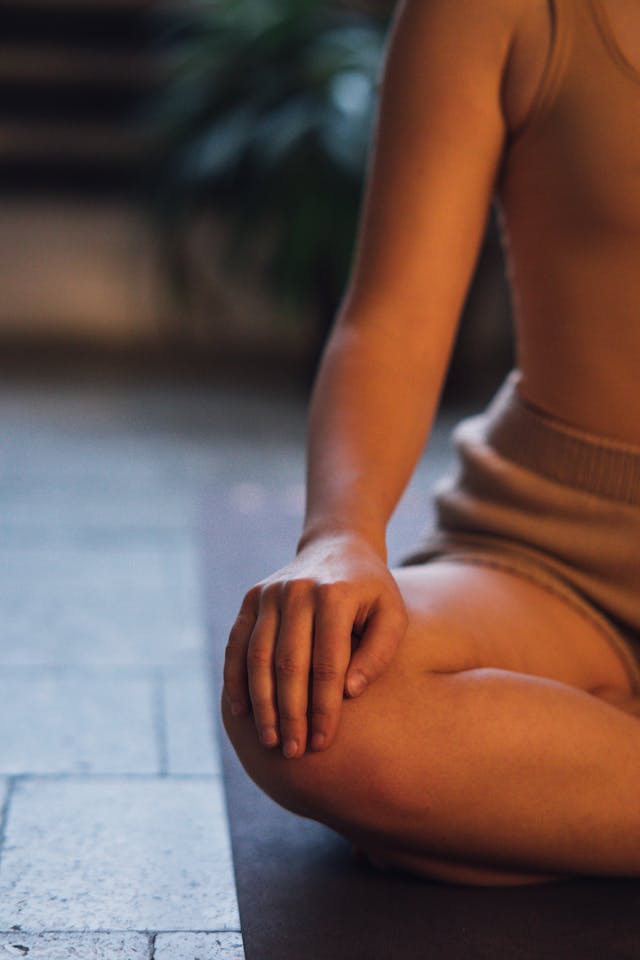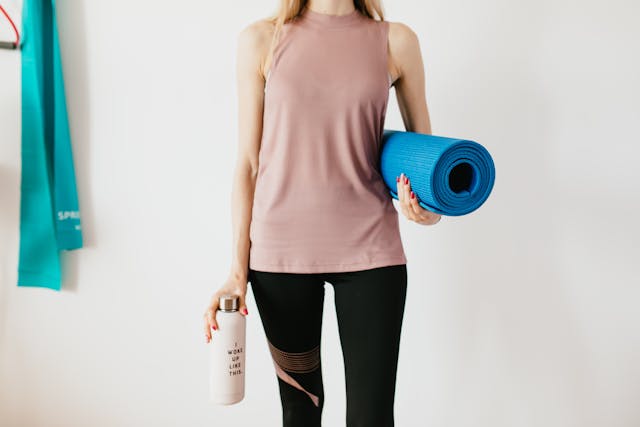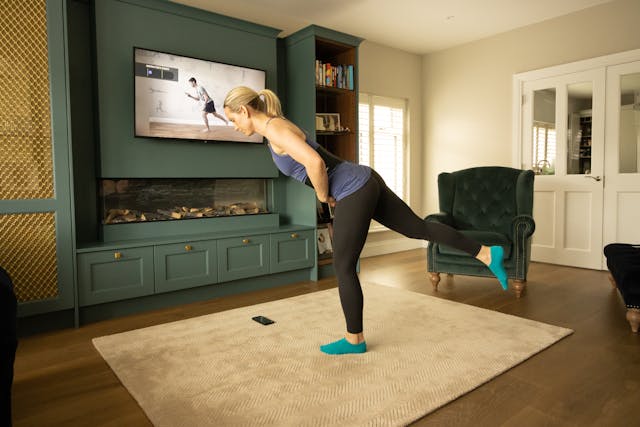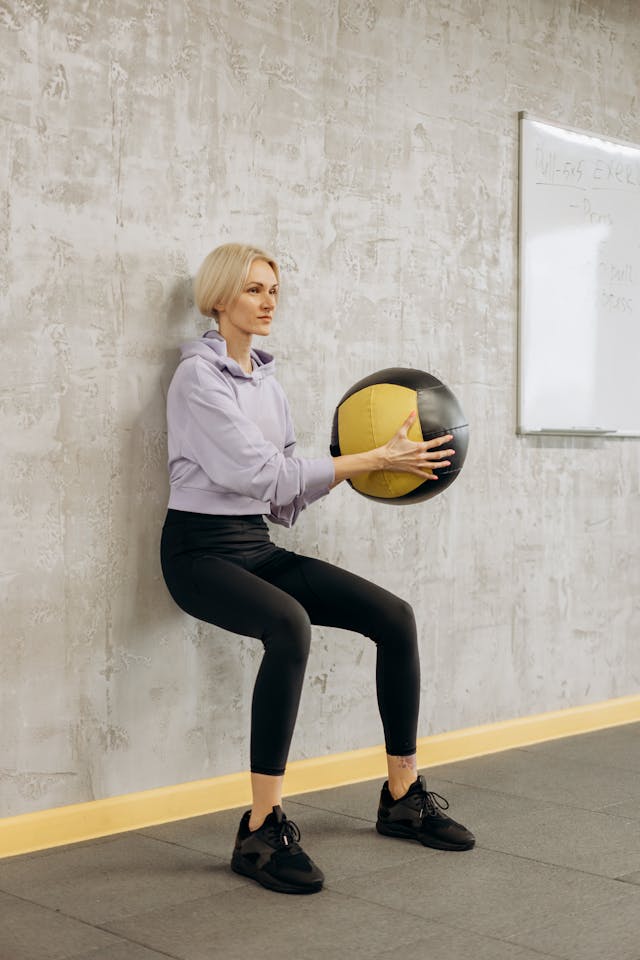Wall Pilates has recently soared in popularity, thanks to its simplicity, effectiveness, and the fact that it can be done by almost anyone, anywhere. But where did this fitness craze begin, and why has it gained such a devoted following?
Pilates itself was developed by Joseph Pilates in the early 20th century as a method to strengthen the core, improve posture, and increase flexibility. Wall Pilates takes the principles of traditional Pilates and adds the support of a wall, making exercises more accessible and adaptable. While Pilates became widely popular in the U.S. in the 1990s due to its adoption by dancers and athletes, wall Pilates has more recently found fame, especially as a home workout option. Its rise can be attributed to its versatility and the fact that you don’t need any fancy equipment—just a wall and a bit of space!

One reason wall Pilates has taken off is its ability to improve both physical and mental well-being. Physically, it targets key muscle groups like the core, glutes, and legs, offering a full-body workout that builds strength and tones muscles without being too hard on your joints. Since the wall provides stability, it’s an excellent option for beginners or those who need extra support. Wall Pilates can also help with balance and posture, making it great for people of all fitness levels, including those recovering from injuries.
Mentally, Pilates—and wall Pilates in particular—promotes mindfulness. The slow, controlled movements force you to focus on your breath and body, reducing stress and helping with mental clarity. The mindful aspect of the practice makes it a fantastic way to unwind while getting stronger. In fact, Pilates is known for reducing symptoms of anxiety and depression due to its emphasis on breathing and alignment.

Wall Pilates is so accessible that just about anyone can give it a try. Whether you’re a complete beginner, someone returning to fitness, or a seasoned athlete looking for a new challenge, this workout is designed to meet you where you are. It’s especially great for those who may have difficulty doing exercises on the floor, as the wall provides a stable foundation for movements.
You might be wondering, “How do I actually do wall Pilates?” It’s pretty straightforward! Start by standing with your back against a wall, ensuring good posture. From there, you can do a variety of exercises like wall squats, leg raises, and even core-strengthening planks. One popular move is the wall bridge, where you press your feet into the wall, lift your hips off the ground, and hold—it’s great for toning your glutes and core. These exercises can be modified to match your fitness level, making it easy to progress over time.
Wall Pilates is suitable for most people, but if you have severe mobility issues or specific injuries, it’s always a good idea to consult a healthcare professional before starting any new exercise routine. The low-impact nature of Pilates makes it particularly appealing for those with joint pain or muscle stiffness, and it’s an excellent way to build strength while being kind to your body.

For anyone interested in giving it a go, you don’t have to go far! There are plenty of free resources available online. Here are some YouTube channels that offer easy, beginner-friendly wall Pilates lessons to get you started:
Wall Pilates for Beginners & Seniors // 30 Minute Full Body Workout!
Wall Pilates Workout For Beginners | 28 Day Wall Pilates Challenge Day 7
With wall Pilates, all you need is a little bit of space, a sturdy wall, and some motivation to start feeling stronger, both physically and mentally. It’s a workout that’s truly for everyone, making fitness more approachable and fun!
Love Life x
References:
- Pilates Foundation UK. (n.d.). History of Pilates. Retrieved from https://www.pilatesfoundation.com
- Harvard Health Publishing. (2018). The Mind-Body Connection of Pilates. Retrieved from https://www.health.harvard.edu

